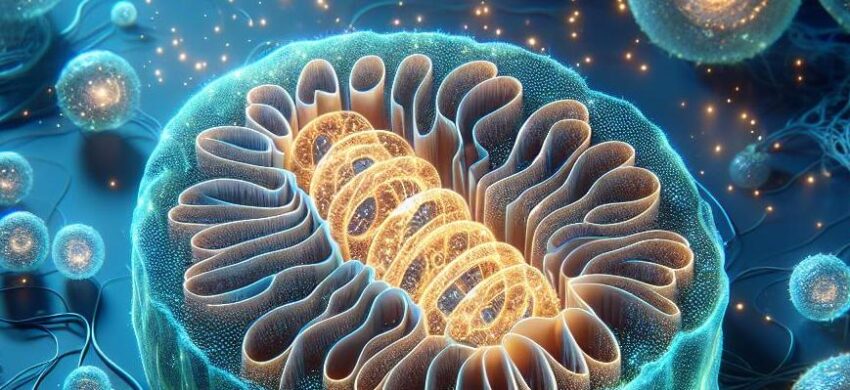Mitochondria are vital cellular components, often described as the ‘powerhouses’ due to their role in energy production. The dynamism within these organelles is owed to the continuous processes of fusion and fission they undergo.
Fusion refers to the merging of mitochondria, allowing the mixing of contents, membrane potential, and sharing of metabolites. This amalgamation is facilitated by protein complexes including Mfn1/2 (mitofusin 1 and 2) and OPA1. Fusion enhances mitochondrial function, promotes genetic content exchange, and protects cells against various stresses by diluting damaged components.
On the other hand, fission involves the splitting of a single mitochondrion into two separate entities. This process is managed by DRP1 (dynamin-related protein 1), along with several adapters such as Fis1, MiD49, MiD51, and Mff. It aids in the maintenance of mitochondrial quality through the segregation of damaged portions, which are subsequently removed by mitophagy.
Conclusively, these reciprocal processes maintain mitochondrial network shape, adaptability, and function – factors that contribute significantly to cellular health and homeostasis. Dysregulation of these dynamics has been associated with various neurodegenerative diseases, diabetes, and cancer.
 |
 |
 |


